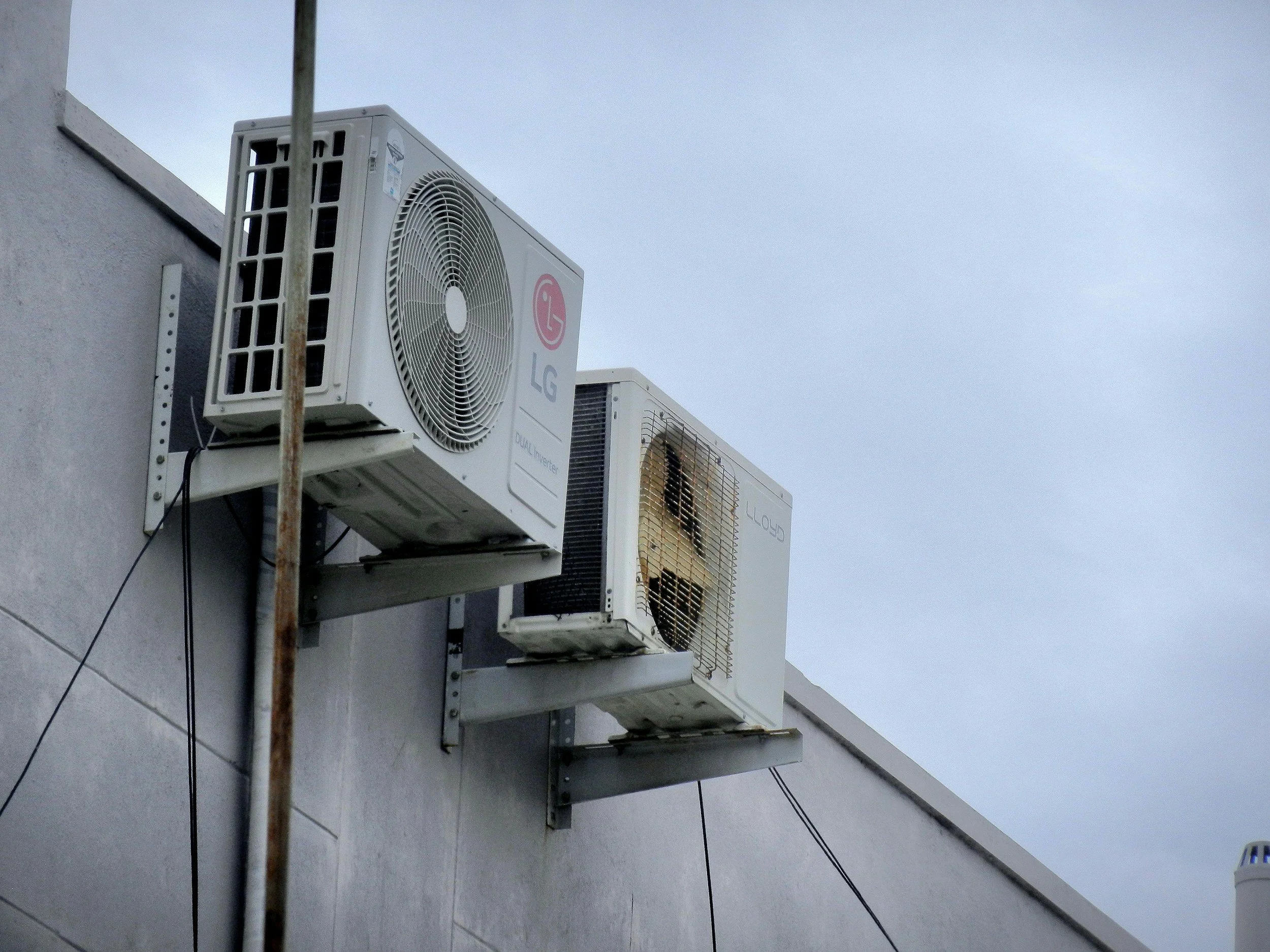Unlocking the Secrets of Autoflower Seeds: A Comprehensive Guide for Home Gardeners
By PAGE Editor
Autoflower seeds represent a significant advancement in the world of home gardening, offering a unique combination of efficiency, resilience, and ease of cultivation that appeals to both novice and experienced gardeners alike.
Unlike their photoperiod counterparts, autoflowering plants transition from the vegetative stage to the flowering stage with age rather than changes in light cycle, a trait that simplifies the growing process and allows for multiple harvests within a single season. This guide delves into the intricacies of autoflower seeds, providing home gardeners with the knowledge needed to maximize their gardening success.
Understanding Autoflower Seeds
Autoflowering plants are the progeny of Cannabis ruderalis genetics, combined with traditional Cannabis sativa and Cannabis indica species. This genetic blend endows autoflower plants with their distinct automatic flowering capability. Unlike traditional cannabis plants that require specific light cycles to flower, auto flowers begin to flower based on their age, making them an ideal choice for gardeners seeking simplicity and efficiency.
Genetic Composition: Autoflowers carry a mix of ruderalis, indica, and sativa genetics. This combination not only grants them their autoflowering trait but also contributes to a diverse range of flavors, effects, and medicinal properties.
Growth Cycle: Autoflower plants typically complete their life cycle within 8 to 10 weeks from germination. This rapid growth cycle allows for multiple growing cycles in a single growing season, especially beneficial in regions with short summers.
Advantages of Autoflower Seeds
Autoflower seeds offer several advantages that make them particularly appealing for home cultivation. Their automatic transition to the flowering stage eliminates the need for complex lighting setups, reducing energy consumption and simplifying the cultivation process. Additionally, their compact size makes them suitable for small spaces, including indoor grow rooms and discreet outdoor gardens.
Simplified Cultivation: The need for light cycle management is eliminated with autoflowers, making them ideal for beginners or those looking for a low-maintenance gardening experience.
Resilience and Adaptability: Autoflower plants are known for their robustness, capable of withstanding less-than-ideal environmental conditions. This resilience is particularly beneficial for gardeners in climates with unpredictable weather patterns.
Cultivation Tips for Autoflower Seeds
To ensure the success of your autoflower garden, it's crucial to consider several key cultivation practices. Starting with quality seeds from reputable sources is paramount, as this directly influences plant health and yield. Additionally, optimizing soil composition and watering practices can significantly impact the growth and productivity of autoflower plants.
Soil Composition: Autoflowers thrive in light, airy soil that allows for optimal root growth and drainage. A mix containing peat moss, perlite, and vermiculite is often recommended to promote healthy plant development.
Watering Practices: Overwatering is a common issue in autoflower cultivation. It's essential to allow the soil to dry out slightly between waterings to encourage root growth and prevent root rot. Implementing a consistent but cautious watering schedule is key to achieving a balance that supports plant health.
Nutrient Requirements and Feeding
Autoflower plants have different nutrient requirements compared to their photoperiod counterparts, primarily due to their rapid growth cycle and compact size. Implementing a feeding schedule that aligns with the plant's growth stages is crucial for maximizing yield and ensuring healthy development.
Growth Stage Nutrient Needs: During the vegetative stage, autoflowers require higher levels of nitrogen to support leaf and stem growth. As they transition to the flowering stage, the focus shifts towards phosphorus and potassium to enhance flower development.
Feeding Schedule: It's important to start with a diluted nutrient solution and gradually increase the concentration as the plant matures. Overfeeding can lead to nutrient burn, adversely affecting plant health and yield.
Harvesting and Curing
Recognizing the optimal time for harvest is crucial for ensuring the highest quality and potency of your autoflower crop. Trichome coloration serves as a reliable indicator of maturity, with a mix of cloudy and amber trichomes typically signifying peak readiness. Following harvest, a proper drying and curing process is essential for maximizing flavor, aroma, and cannabinoid content.
Harvest Timing: Observing trichome coloration under a magnifying glass can help determine the perfect harvest time. A majority of cloudy trichomes with some amber ones indicate the plant has reached its peak potency.
Drying and Curing: Drying should be done in a controlled environment with adequate ventilation and humidity control. After drying, curing in airtight containers helps to further enhance the quality of the final product.
Conclusion
Autoflower seeds offer a convenient and efficient option for home gardeners looking to cultivate cannabis.
Their unique characteristics, such as the automatic flowering mechanism, resilience to environmental stressors, and compact growth habit, make them an attractive choice for various cultivation environments.
By understanding and applying the principles outlined in this guide, gardeners can unlock the full potential of autoflower seeds, leading to successful and rewarding harvests. Whether you're a seasoned cultivator or a novice eager to embark on your first gardening venture, autoflower seeds provide a fascinating and fulfilling gardening experience.
HOW DO YOU FEEL ABOUT FASHION?
COMMENT OR TAKE OUR PAGE READER SURVEY
Featured










Water management plays an essential role in maintaining the safety and stability of a home.